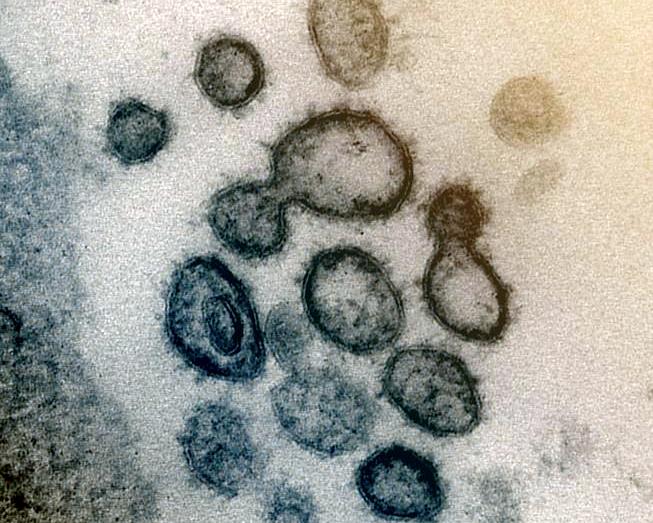The emergence of COVID-19, which started in China and is now spreading globally, is now a challenge for the entire world, when it comes to the threat of emerging infectious diseases. Infectious diseases like COVID-19 “pose complex challenges to the global public health, research and medical communities,” write federal scientists from NIH’s National Institute of Allergy and Infectious Diseases (NIAID) and from the Centers for Disease Control and Prevention (CDC). This was stated in their commentary article published in the New England Journal of Medicine.
Their comments came after a recent study detailed the early spread and transmission of COVID-19 in Wuhan, Hubei Province in China. The report examined in detail the epidemiological information about the first 425 cases of people who contracted the coronavirus.
Countries around the world, including the United States have responded by imposing travel restrictions and/or advisories for countries with COVID-19 outbreaks. Besides China, as of March 1, 2020, this included countries such as Italy, South Korea, and Iran. The cases of COVID-19 reached 72 cases as of March 1 in the United States.
From Containment to Mitigation
The authors said that the travel restrictions have slowed the spread of COVID-19 somewhat. They added, however, that it is a matter of when, not if, the coronavirus gains a foothold in other countries, including the United States. If the disease spreads and there is community-to-community spreading, then the effort would need to switch from containment to mitigation of the disease. Such measures would include isolating sick people at home, closing schools and encouraging people to telework.
Currently, there are early clinical trials to develop vaccines, and other clinical trials to test candidate therapeutics.
“The COVID-19 outbreak is a stark reminder of the ongoing challenge of emerging and re-emerging infectious pathogens and the need for constant surveillance, prompt diagnosis and robust research to understand the basic biology of new organisms and our susceptibilities to them, as well as to develop effective countermeasures,” the authors conclude.

